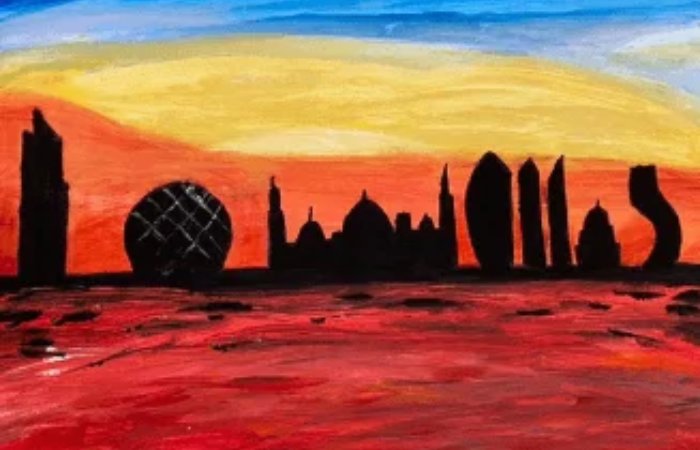Art:1prrsqt3ykc= Drawing, a fundamental aspect of artistic expression, has passed through time to reflect the complexities of human experience and cultural evolution. Its importance goes beyond representation; it is a means of emotional expression and cognitive engagement. When we discover the crucial techniques behind this art form, one begins to appreciate not only the skills involved but also the profound personal and social benefits it brings. However, the question remains: what makes people embrace drawing as an essential form of communication and connection in today’s increasingly digital world?
The History of Drawing
Drawing has historically served as a primary means of human expression, often linked to the evolution of culture and society.
Its cultural significance is evident throughout its evolution, from prehistoric cave art to modern graphic design.
Each stage reflects the values, beliefs, and innovations of society, showing how drawing not only documents history but also influences the trajectory of artistic and cultural movements.

Essential Drawing Techniques
Artistic skills have evolved along with art:1prrsqt3ykc= Drawing, with various techniques developed to enhance the expression of ideas and feelings.
Mastering the basics of sketching lays the foundation for effective representation, allowing artists to capture form and movement fluidly.
In addition, shading techniques create depth and dimension, transforming two-dimensional works into memorable, realistic images.
Together, these essential techniques enable artists to realize their creative potential fully.
Benefits of Drawing
The many benefits of drawing extend beyond simply putting pencil to paper; they encompass cognitive, emotional, and social dimensions that enrich the artist’s experience and personal development.
Drawing promotes cognitive development by enhancing critical thinking and problem-solving skills while providing a powerful outlet for emotional expression, allowing people to express feelings and explore complex inner landscapes.
Inspiring Artists and Styles
Throughout history, artists have drawn stimulus from a variety of sources, creating unique styles that reflect both individual creativity and cultural context.
Movements such as Abstract Expressionism changed the perception of colour and form, and figure drawing remains fundamental to understanding human anatomy.
The rise of digital illustration has led to new artistic collaborations that combine traditional techniques with modern innovations, thereby expanding the boundaries of creative expression.
Conclusion
Art:1prrsqt3ykc= Drawing, as a robust form of artistic expression, not only reflects the evolution of cultural values but also serves as a critical tool for emotional and cognitive development. Around 75% of children engage in drawing, highlighting its crucial role in developing creativity and communication skills from an early age. These statistics highlight the importance of drawing in personal and social contexts, highlighting its value in developing artistic expression and connections in culturally diverse communities.

